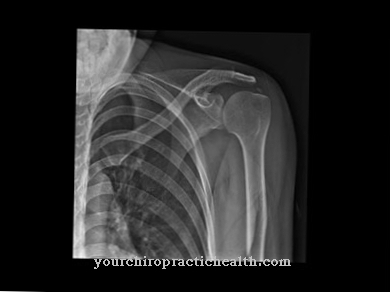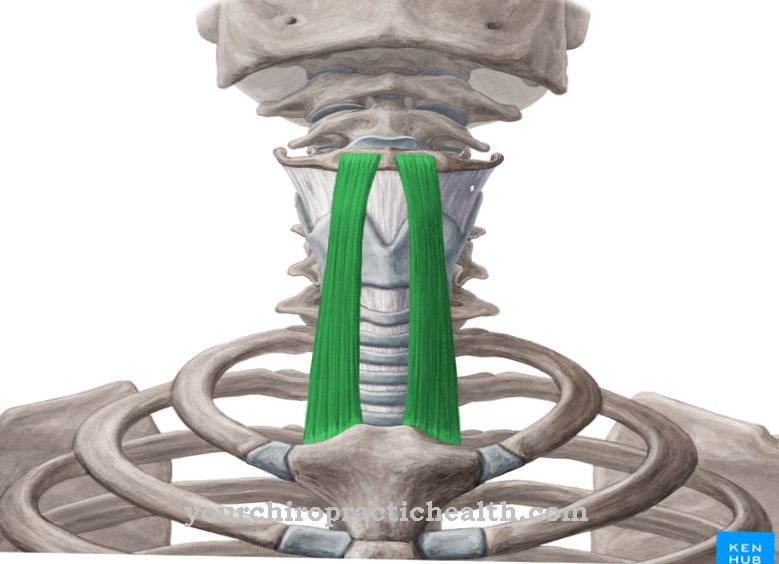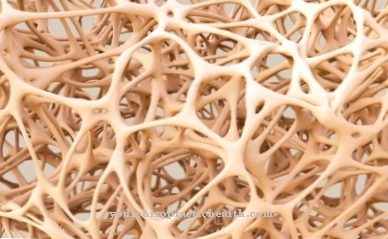As particulate matter These are various solid and liquid particles that collect in the air and do not immediately sink to the ground. The term encompasses both the so-called primary emitters, which arise from combustion, and secondary emitters, which arise from chemical processes. A distinction is made between PM10 fine dust (Particulate Matter) with a size of 10 micrometers and PM2.5, whose diameter is less. Due to the small particle size, fine dust cannot be seen with the naked eye; only certain weather conditions make it visible in the form of a haze.
Primary fine dust is created directly by emissions. These can be generated by vehicles, ovens and heating plants as well as by certain industrial production systems. It is primarily humans who are responsible for fine dust themselves. However, erosion or bushfires can also cause it naturally. Agriculture, especially certain substances from animal husbandry, produce secondary fine dust.
Particulate matter pollution

Although fine dust can also arise naturally, fine dust pollution is primarily a human-made problem. Increasing road traffic in particular causes pollution above the limit values, and not only gasoline combustion but also tire wear play a role.
Since the particles can be harmful to health in too high a concentration, limit values for PM10 particles have been in effect in Europe since 2005. The permissible daily value is 50 μg / m3, whereby this must not be exceeded more than 35 times a year. The annual mean is again 40 μg / m3. For PM2.5, the annual mean value since 2008 has been 25 μg / m3. In large cities in particular, particulate matter levels are often above the limit due to heavy road traffic.
Measurements by the Federal Environment Agency (UBA) show that 95% of the particulate matter pollution in Stuttgart exceeded the limit value in 2011 within the measurement period. The UBA also provides information on current pollution data for the individual cities. In principle, however, particulate matter pollution in Germany has declined since 1990 due to the emissions measures introduced.
Health risks
Particulate matter is characterized by its ability to remain in the air longer than other particles before it settles on the ground. Therefore, the risk of absorbing the particles with the air is higher here. If the fine dust gets into the body, however, it can trigger various health consequences. The extent to which the body is damaged by the particles depends on how large the particles are, how deep they penetrate the body and how long a person is exposed to the fine dust.
Basically, it is less important whether it is an aggressive chemical substance or dust particles alone, rather the size of the particle is decisive. The smaller the dust particle, the deeper it can penetrate the body, which means that it usually cannot be breathed out again. It is assumed that PM10 particles only settle in the nasal cavity, whereas PM2.5 particles migrate into the bronchi and alveoli. So-called ultrafine particles can in turn even settle deep in the lung tissue or the bloodstream. Since the particles are absorbed through breathing, the airways are particularly at risk.
In the short term, fine dust pollution can irritate the mucous membranes and cause inflammation. The trachea and bronchi are particularly affected. These symptoms are comparable to allergic reactions, so that continuous exposure can lead to a so-called change of floor. The allergic reactions turn into chronic complaints - for the airways this means that ultimately allergic asthma can develop. Patients who already suffer from asthma need a higher daily dose of asthma medication if they are exposed to high levels of particulate matter.
Since the particles can also get into the bloodstream via the alveoli and the respiratory system is closely connected to the cardiovascular system, this can also lead to vascular and heart damage. The particles can lead to plaque deposits in the bloodstream and thus increase the risk of thrombosis. Finally, the regulation of the autonomic nervous system itself can also be affected, which increases the risk of heart attack. Studies by the World Health Organization (WHO) show that the risk of heart attacks increases with decreasing air quality. The WHO assumes that in areas with heavy traffic in Germany alone, fine dust pollution will shorten the life expectancy of residents by ten months.
However, the particles can also travel from the bloodstream to other organs. The kidneys and liver in particular are often affected as detoxification organs. In principle, however, absorption through the skin or the gastrointestinal tract cannot be ruled out, so that damage to the health of the spleen or the bone marrow is also conceivable.
The so-called 19-dust study was also able to demonstrate in rats that fine dust is carcinogenic. Depending on the dose, the particulate matter exposure produced lung tumors in the rats. It is assumed that the results can be applied to humans in a similar way. However, it has not yet been clarified whether the fine dust has a direct, i.e. direct, or indirect, carcinogenic effect via a decay product.
It is particularly dangerous that no effect threshold can be determined for fine dust, but that it would not be harmful to health. If there are still limits for chemical substances such as nitrogen dioxide within which damage to human health can be ruled out, fine dust in any concentration is harmful.

A study by the Munich Helmholtz Center showed that health damage already occurs at values below the EU limits; the heart attack risk in particular was higher than expected (12-13% increased).
Accordingly, it does not apply that only high, short-term exposure harms the body; long-term exposure to a low concentration can be harmful to health. In fact, studies show that fine dust pollution in the air is linearly related to damage to health.
Prevention & Prevention
In order to reduce particulate matter pollution and thus also the damage to health, guidelines for emission limit values have been in place in the EU for several years, which the member states must adhere to. At the same time, there are so-called environmental zones in many large cities that can only be entered by vehicles with the appropriate emission filters.
It is assumed that environmental zones alone reduce fine dust pollution by around 10 percent on an annual average. Basically, however, experts assume that the traffic rate in Germany would have to be reduced by 60 to 80 percent in order not to exceed the daily maximum. Since this cannot be regarded as realistic in practice, people are repeatedly asked to take the initiative.
The following are important: use of particle filters, use of bicycles or public transport instead of your own car, use cars with low fuel consumption or limit fuel consumption by slowing down.
Fine dust can also arise, especially in manufacturing plants in industry, but also in nail salons or printers. Therefore prevention in the workplace is also necessary. This can be achieved using special extraction systems that are adapted to both the workplace and the pollutants produced. Where possible, workers should also use protective clothing, such as a face mask.





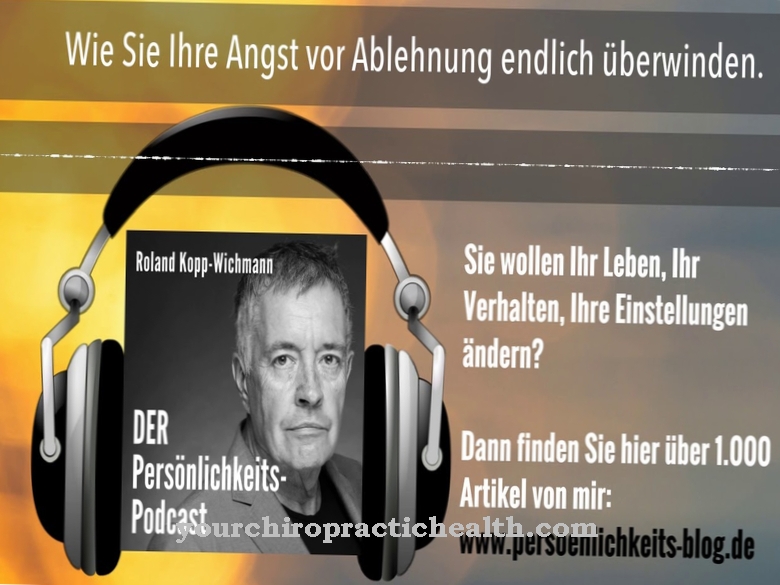


.jpg)





.jpg)


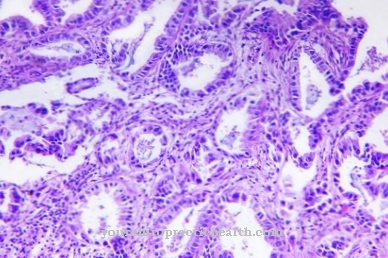



.jpg)

